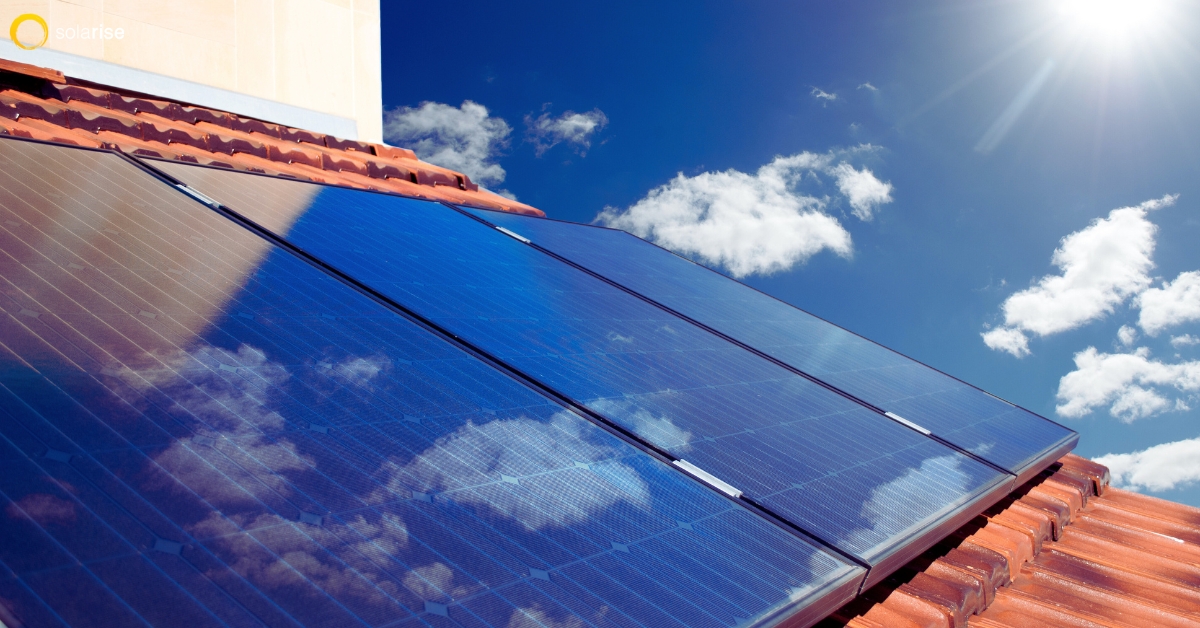Solar panels can be expected to generate solar energy with only a negligible gradual decline in productivity rate for the first 25 to 30 years. But, your solar panels will not quit working for you after that period. Instead, their rate of output will simply decrease more and more as the panels continue to age.
Because solar panels have no moving parts, there is nothing that can break down inside the panels. So, unless the exterior of a panel becomes damaged, the panels will continue to work. You should, however, understand degradation rates. That’s the rate of a solar panel’s decline in energy production over the decades.
Solar Panel Degradation Rate
The degradation rate of a solar panel is the rate at which the panels lose a percentage of their original output rate. Reportedly, the National Renewable Energy Laboratory (2012) determined that, on average, solar panels lose around eight-tenths of one percent (0.8%) of their productivity rate each year. The actual rate for your panels will depend on the brand and environmental factors. The best panels achieve degradation rates as low as (0.3%).
So, after 25 to 30 years, your Colorado solar panels can be expected to output at a rate of around 82% to 88% of the rate they produced when they were new, depending on the quality of panels and the climate conditions.
The length of your manufacturer’s warranty indicates how long your panels should be expected to perform at their highest productivity rates.
How Long Do Solar Panels Last in Colorado?
Multiple factors determine the degradation rate of solar panels at a given location in any region. The primary contributors to the rate of decline include:
- Solar Panel Quality: The quality of the materials used to manufacture solar panels and the type of panels you choose will largely determine solar panel efficiency (how well they will produce) and how long they will continue to be useful.
- Installation Quality: How your solar panels and the racking system that supports them are installed can be expected to impact the panels’ degradation rate.
- Maintenance Quality: Solar panels require very little and infrequent maintenance. However, they can degrade at a somewhat increased rate if they are extremely dirty or left with landscape debris on them indefinitely.
- Climate Conditions: Long-term daily exposure to extreme weather elements can increase the degradation rate of solar panels over time.
How To Make Solar Panels Last Longer
Solar panels for home energy production are incredibly tough and durable. They can withstand heavy snow, strong winds, and other extreme climate conditions, keep on looking great, and produce well for decades and beyond. These are the recommended ways to help preserve the life of your solar panels and other solar energy equipment and keep your system producing well for decades to come:
- Choose a well-established and recommended solar panel installer with a strong reputation for consistently excellent workmanship, customer service, and fair pricing.
- Select solar panels with longer warranties covering product defects, damage, and production rates, ideally for 25 to 30 years.
- Have your solar panels, inverters, racks, and other components routinely checked and maintained to prevent issues with cables, racks, wires, and other parts. NOTE: Working on the system yourself can void your solar warranty if anything is damaged.
- Keep branches and any other potentially damaging debris cleared off your solar panels.
- Don’t allow your panels to be installed under trees where branches can damage them.
Best Long-Term Solar Solution for Your Home
Choosing the best solar panels, other system equipment, and installation service is the way to ensure that your solar energy system is maximally productive for as long as possible. Solarise provides among the industry’s top quality solar equipment and installation, backed by our 30-year solar panel warranty.






